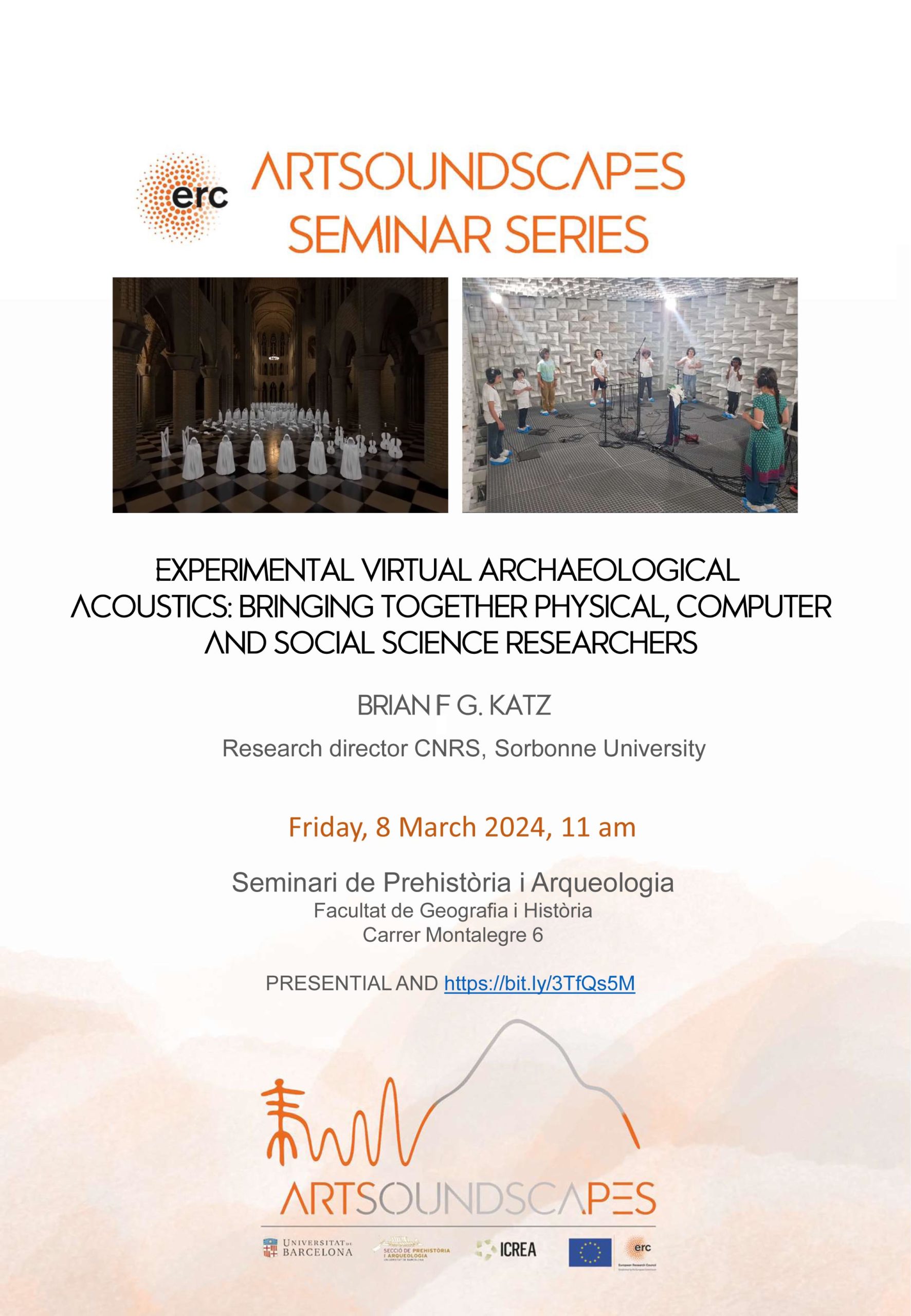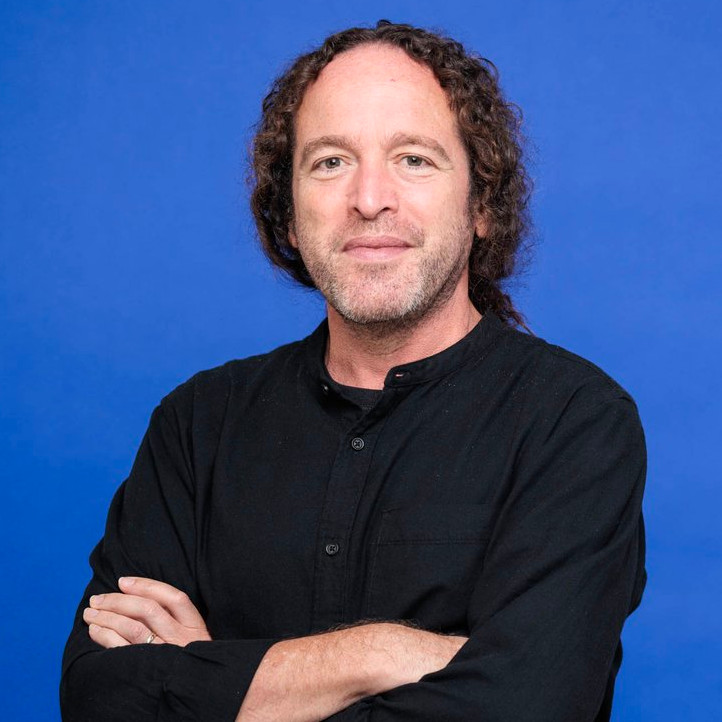8 March 2024 11:00h (CET)

Research in historical musical acoustics has traditionally focused on instrument fabrication, while musicological and theatre studies have explored notation, performance styles, and theatrical elements. However, scant attention has been paid to crucial acoustical conditions for human-to-human communication in historical contexts. Recent advances in computational acoustic simulations offer ecologically valid reconstructions of sites like Notre-Dame de Paris and the Palace of the Popes in Avignon. VR tools such as the Anaglyph binaural renderer and RoomZ spatialiser aid in immersive audio rendering and dynamic movements within simulations. These tools facilitate live performances in virtual historic venues, allowing real-time adaptation of audio and performer movements. Research into the impact of acoustic variations on performance and listener interpretation contributes to understanding historical contexts comprehensively. Moreover, these VR models can be used for public communication and artistic endeavours through mediums like VR performances, cinematic reconstructions, podcasts, and musicographic installations.

Brian F.G. Katz heads the “Sound Spaces” research team, investigating spatial 3-D audio rendering and perception, room acoustics, HCI, virtual reality, and applications to acoustic cultural heritage. With a background in physics and philosophy, he obtained his Ph.D. in acoustics from Penn State in 1998 and his habilitation (HDR) in engineering sciences from the Université Pierre & Marie Curie in 2011. Before joining CNRS, he worked in acoustic consulting at Artec Consultants Inc., ARUP & Partners, and Kahle Acoustics. He also worked at the Laboratoire d’Acoustique Musical (UPMC), IRCAM, and LIMSI-CNRS. Brian is a fellow of the Acoustical Society of America (ASA) since 2018.
